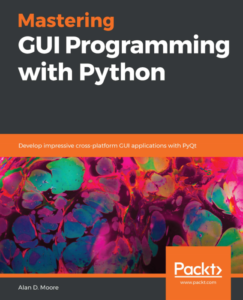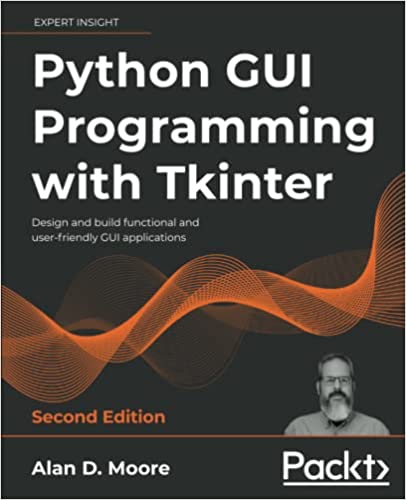Following on the heels of my google search hotkey in awesome, I decided to tackle expanding the functionality of the run prompt. Awesome’s run prompt, by default, is basically a command-launcher; it chokes on any input that doesn’t represent an executable file.
I wanted it to behave more like the run prompt in other desktops, so that typing in a URL would open the URL in an appropriate application.
With help from Alexander Yakushev on the awesome mailing list, I managed to figure it out….


HP Decides to Open Source WebOS
Well this looks like interesting news: HP has decided to open its failed WebOS platform to developers. If they do it right and actually help found a project, this could be really cool. WebOS might become the free software option for mobile & tablets for all us I-must-replace-the-factory-OS-on-every-device-I-own folks.
Then again, they could just mess it up and WebOS will fade into obscurity.
It’ll be fun to watch, either way.